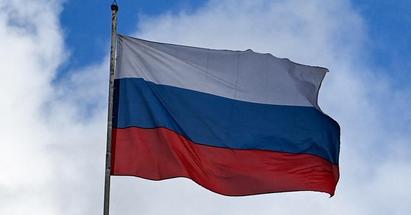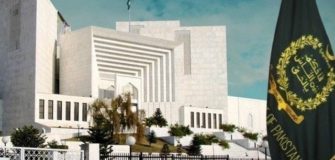Russia Escalates Tensions with US by Banning Top Journalists Amid Ukraine Conflict

The war in Ukraine has triggered the worst crisis in Moscow’s relations with the United States since the depths of the Cold War. On Tuesday, Russia said the West was playing with fire by considering allowing Ukraine to strike deep into Russia with Western missiles.
The list, published on Telegram by the ministry, included 14 Wall Street Journal employees, five senior journalists from the New York Times, and four from the Washington Post.
The Wall Street Journal, whose journalist Evan Gershkovich was freed this month in a prisoner exchange after 16 months in Russian detention, described the bans as “laughable” and part of attacks on the free press.
Russia’s foreign ministry said it was targeting editorial staff and reporters from “leading liberal-globalist publications” involved in producing and disseminating what it described as “fakes” about the Russian armed forces.
It said the bans were in response to the Biden administration’s “Russophobic course”, a key part of which has been sweeping sanctions on Russian politicians, business figures, scientists, and journalists.
We remind the current U.S. authorities about the inevitability of punishment for hostile actions, whether it is direct encouragement of (Ukrainian President Volodymyr) Zelenskiy and his henchmen to commit acts of aggression and terrorist attacks, or attempts to interfere in the internal affairs of the Russian Federation,” the ministry said.
In a statement, a Wall Street Journal spokesperson said: “The Putin regime is farcically consistent in its all-out assault on free press and truth. This laughable list of targets is no exception.”
The New York Times and Washington Post did not immediately respond to requests for comment.
Russia casts what it calls a “special military operation” in Ukraine as part of a broader struggle with the West, which it says wants to bring Russia to its knees. Kyiv and the West reject this and accuse Russia of waging an illegal war of conquest.
The list also included several state prosecutors, employees of U.S. defense industry firms, and university professors.








